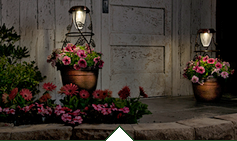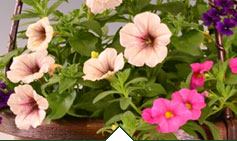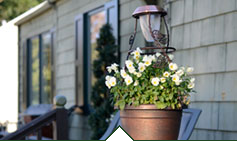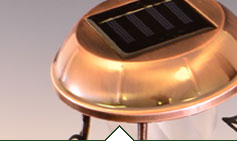A GUIDE FOR OPTIMAL USE OF YOUR SOLARADIANCE®
Weather conditions, temperature and available sunlight can affect the performance of your SolaRadiance®. Consult the guide below for the optimal use conditions of your planter.
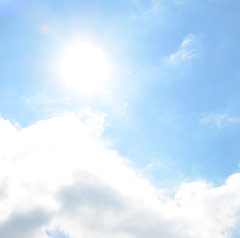
1. GETTING ENOUGH SUNLIGHT
Bulb brightness is not affected by battery charge. The light will be on as long as the battery is at an optimal level. The amount of sunlight needed will change depending on the season and length of day, but a general rule is that six hours of direct sunlight will give a fully depleted battery enough charge to burn the LED bulb.
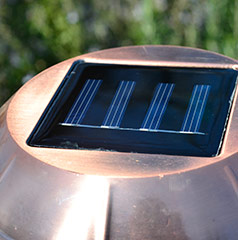
2. UNOBSTRUCTED SUNLIGHT
Direct sunlight happens only when the solar cell on top of the planter is in the direct line of the sun. No structure, object, plant, etc., should partially or fully shade the solar cell in order to ensure unfiltered light can be captured.
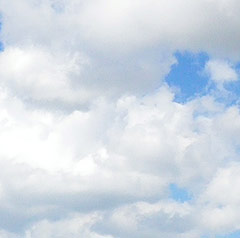
3. OVERCAST OR CLOUDY CONDITIONS
Overcast and cloudy conditions can affect SolaRadiance® performance. Complete overcast conditions will keep the battery from charging enough to come on at night. Partly cloudy conditions will affect the length of time the light will burn.
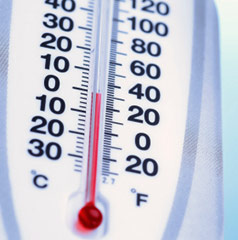
4. LOW TEMPERATURES
Lower temperatures can affect the rate at which battery recharge occurs, especially when daytime temperatures are below 30 degrees. Unless compensated for with longer direct sunlight charging periods, low temperatures will affect performance of the product.
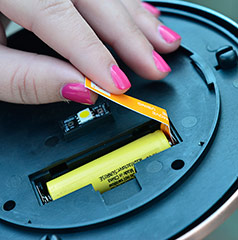
5. BATTERY REPLACEMENT
The SolaRadiance® planter is equipped with a rechargeable solar battery that should last a year or longer. Once the battery will no longer fully recharge, it needs to be replaced with a rechargeable AA battery. To replace, turn the globe one-quarter turn to the left and remove to access the battery compartment. Raise the battery compartment door, under the solar cap, and replace battery. Reattach compartment door and globe.

